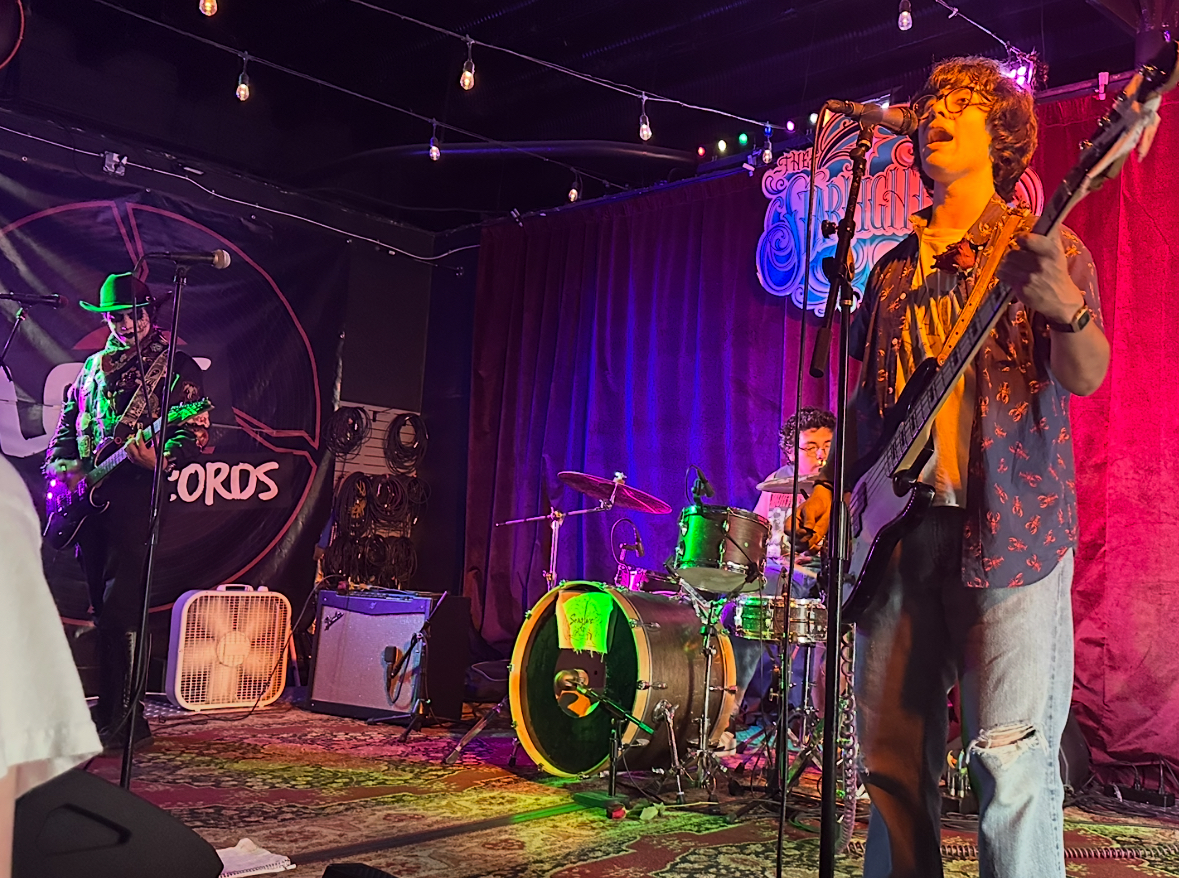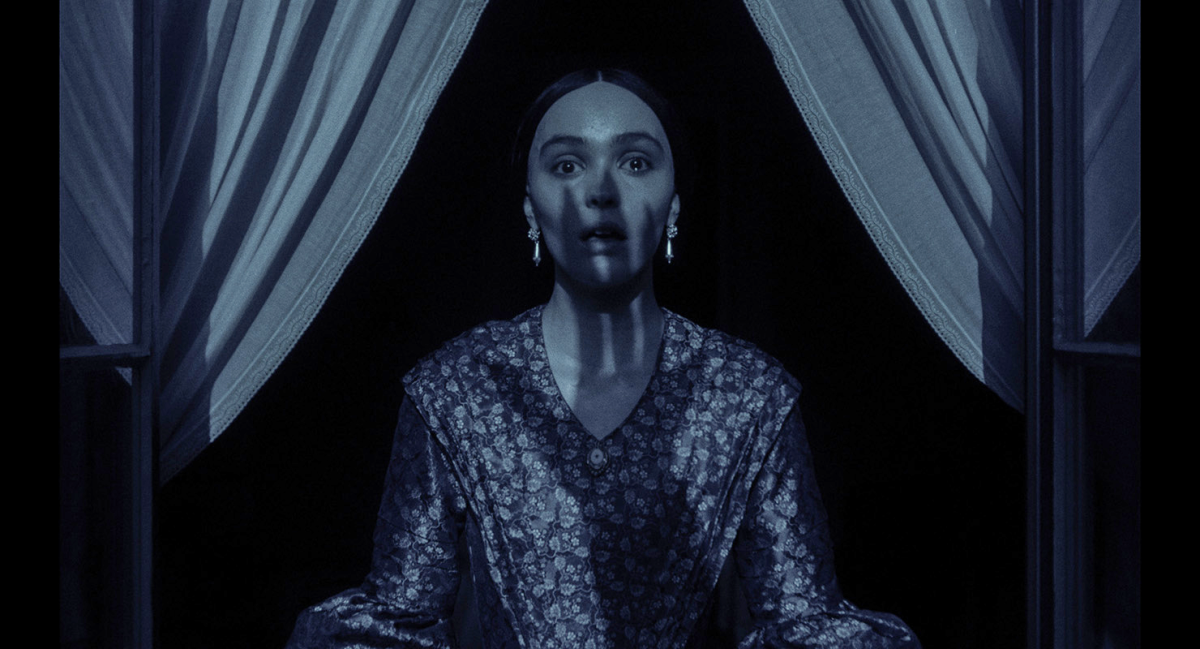The first appearance of the Vampire Nosferatu was in the 1922 German film Nosferatu: A Symphony of Horror, released in 1922. It was an illegal adaptation of Bram Stoker’s novel Dracula, but despite this it was never completely destroyed. Now, with a new adaptation of the classic story in theaters, some key differences in portrayal are worth noting. Despite their similar plots, Nosferatu: A Symphony of Horror and Nosferatu convey different messages and themes, each revealing a different perspective in society.
The story of Nosferatu begins with a man named Thomas Hutter and his new wife Ellen Hutter. Thomas travels to Transylvania for his employer to help a mysterious man named Count Orlock acquire an old house next to the Hutter’s. As Thomas encounters mysterious happenings at the count’s mansion, his wife starts to experience sleepwalking episodes, accompanied by visions of Count Orlock and ominous messages. Back at the castle, Thomas discovers that Count Orlock’s true identity is of the vampire Nosferatu and flees back home. Nosferatu follows close behind on a ship, bringing a mysterious plague along with him. Meanwhile, Ellen continues to suffer, even now that Thomas has returned. She eventually discovers that the only way to stop Nosferatu and his plague is to sacrifice herself– and her blood– willingly to him. Once she completes her plan, the sun rises on Nosferatu, killing him and bringing an end to the town’s epidemic.
Nosferatu: A Symphony of Horror contains well-known vampire themes. The fear of the unknown is common in the 1920s, and the spread of the vampire reflects their fear of the corruption of their society. Unique to this movie, however, is the vivid focus on the plague Nosferatu brings. The influenza pandemic had only just ended, and this was reflected in the movie’s focus on the extremely contagious plague that infects the town. The people frantically try to contain the virus but are unable to because they don’t know that the cause is Nosferatu. The movie mirrors not only a society afraid of the influence of evil but also a society only just recovering from one of the deadliest pandemics of all time.
This is particularly interesting when the COVID-19 pandemic is taken into account. Both movies were created soon after an infectious disease killed many people. However, in Nosferatu (2024), the town doctors and main protagonists know almost immediately that Nosferatu is the cause of the plague, not necessarily the rats that came with him. Even so, this part of the story was still particularly hard-hitting, though not as central as it was in the original. Vampires have always represented spreading disease and the lack of control that comes with it, which makes them very cathartic to viewers who have just been through something similar.
The other difference between the movies is their portrayal of Nosferatu. In Nosferatu: A Symphony of Horror, the character of Nosferatu is shown as a classic monster. He never really seems human, even before his identity is revealed. He also didn’t ever look appealing. His drawn features, rabbit-like teeth, and distinctive clawed hands are far different from how vampires are usually portrayed in modern media. He was a monster but didn’t seem to be a malicious one. He seemed more like an animal, only following his instincts with no personal grudge against the people he happened to hurt and kill along the way.
On the other hand, Nosferatu in the 2024 adaptation is completely different. He appears like a normal man– if huge and ancient. He hulks above the other characters in the movie, and it’s only once he removes his cloaks that he is revealed to be little more than a rotting corpse underneath. Nosferatu is also a thinking, feeling, creature in the new movie. His actions are premeditated and intentional, which makes him seem much more human. From the beginning he has a personal bond with Ellen, even having been brought back to life by her, to some extent, when she was a child. He specifically seeks her out because he knows her and desires her, not only because of a picture in a locket. Ellen is also drawn to him, wanting to be with him despite herself. Her feelings toward him are more passionate than her feelings toward her husband, almost making Nosferatu a romantic figure. This could represent a human’s irresistible pull toward evil, even when we know that it’s wrong. In the end, when Ellen gives in to the evil, she saves the people she loves.
These two movies, each beautifully crafted, provide the viewer with very different experiences. As time has passed, Nosferatu’s character and narrative have changed, but the thrilling experience of watching this terrifying story unfold has carried on through the years.


















